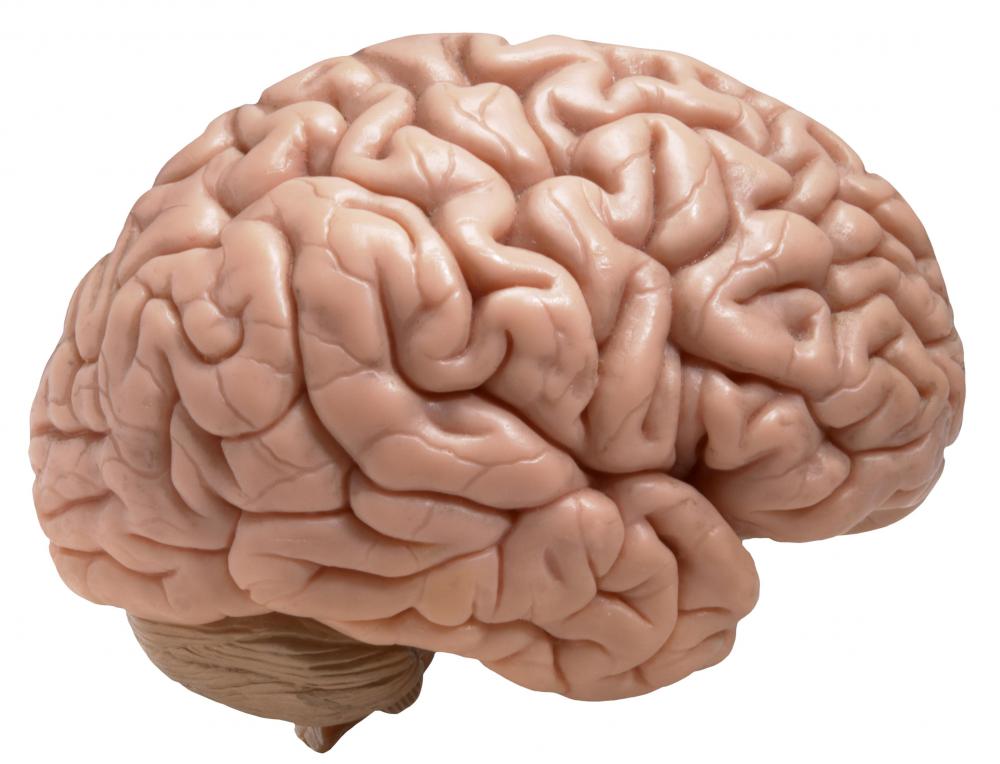At WiseGEEK, we're committed to delivering accurate, trustworthy information. Our expert-authored content is rigorously fact-checked and sourced from credible authorities. Discover how we uphold the highest standards in providing you with reliable knowledge.
What is a Basal Nucleus?
A basal nucleus, or basal ganglia, is the term used to describe groupings of multiple nuclei. The basal ganglia are found at the base of the brain and on each side of the thalamus. Each of the two hemispheres of the brain holds basal ganglia sections. There are four groupings that each work to control a wide range of functions, including involuntary motor control and eye movement.
The striatum is the section of the basal nucleus that is comprised of the putamen and caudate. Another section, the putamen, is responsible for controlling types of learning and movement using dopamine. The caudate uses dopamine to control learning, but it also controls aspects of memory, such as feedback processing. As a whole, the striatum is the largest section. While it receives information from many areas of the brain, this section transmits its information only to other sections of the basal ganglia.

A second section is called the globus pallidus. This section is divided into two parts by the medial medullary lamina, and are referred to as the internal and external globus pallidus. The striatum sends information to the globus pallidus. Received information is then sent to areas that control motor function, both conscious and unconscious.
The substantia nigra, the third section of the basal nucleus, is divided into two sections. Similar to the globus pallidus, the substantia nigra pars reticulata relays information to motor areas. The substantia nigra pars compacta also controls the dopamine supply of the striatum. When combined, these two sections play a part in movement as well as regulation and distribution of dopamine.

As the fourth section of the basal nucleus, the subthamalic nucleus receives information from both the cortex and striatum. Much like the other three sections, the information output of the subthamalic nucleus is used by motor-related areas. Some researchers have referred to this section as the driving force of the basal ganglia. This means that the basal nucleus plays a large role in the transference of information to the other sections of the ganglia.
Many doctors and researchers have theorized that problems with the basal nucleus leads to neurological conditions. Using the functions of the basal ganglia as a guide, conditions such as Huntington’s and Parkinson’s diseases are believed to be a result of damage in the substantia nigra and striatum. Problems with the functions of the basal ganglia are believed to lead to Wilson’s disease, Tourette’s syndrome, and even obsessive compulsive disorder.
AS FEATURED ON:
AS FEATURED ON:












Discuss this Article
Post your comments